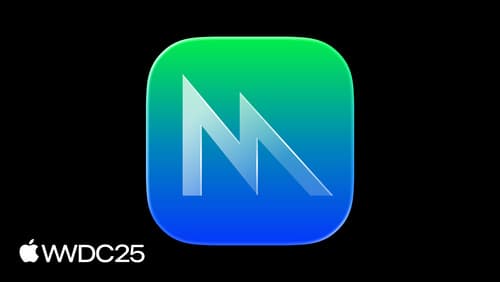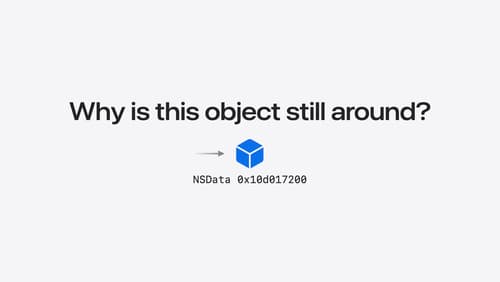news on memory management
Asked on 2025-06-17
1 search
At WWDC, Apple presented several sessions that touched on memory management, particularly focusing on heap memory and performance improvements in Swift. Here are some highlights:
-
Metal 4: In the session "Discover Metal 4," memory management is discussed in the context of command buffers and resource management. Metal 4 introduces a command allocator to manage command buffer memory, which is crucial for maximizing app performance and resource usage. Discover Metal 4
-
Swift Memory Usage: The session "Improve memory usage and performance with Swift" covers techniques to reduce memory allocations and improve performance. It discusses algorithmic changes to reduce accidental copying and allocations, and advanced techniques to allow the Swift compiler to optimize memory management. Improve memory usage and performance with Swift
-
Heap Memory Analysis: The session "Analyze heap memory" provides tools and techniques for inspecting and optimizing heap memory usage. It covers the use of Xcode's memory graph debugger and Malloc stack logging to track memory allocations and identify leaks. Analyze heap memory
These sessions provide insights into managing memory efficiently in different contexts, from graphics programming with Metal to general app development with Swift. If you have specific questions about any of these topics, feel free to ask!

Discover Metal 4
Learn how to get started leveraging the powerful new features of Metal 4 in your existing Metal apps. We’ll cover how Metal enables you to get the most out of Apple silicon and program the hardware more efficiently. You’ll also learn how Metal 4 provides you with new capabilities to integrate machine learning into your Metal code.

Improve memory usage and performance with Swift
Discover ways to improve the performance and memory management of your Swift code. We’ll explore ways to refine your code – from making high-level algorithmic changes to adopting the new InlineArray and Span types for finer control over memory and allocations.

Analyze heap memory
Dive into the basis for your app’s dynamic memory: the heap! Explore how to use Instruments and Xcode to measure, analyze, and fix common heap issues. We’ll also cover some techniques and best practices for diagnosing transient growth, persistent growth, and leaks in your app.
